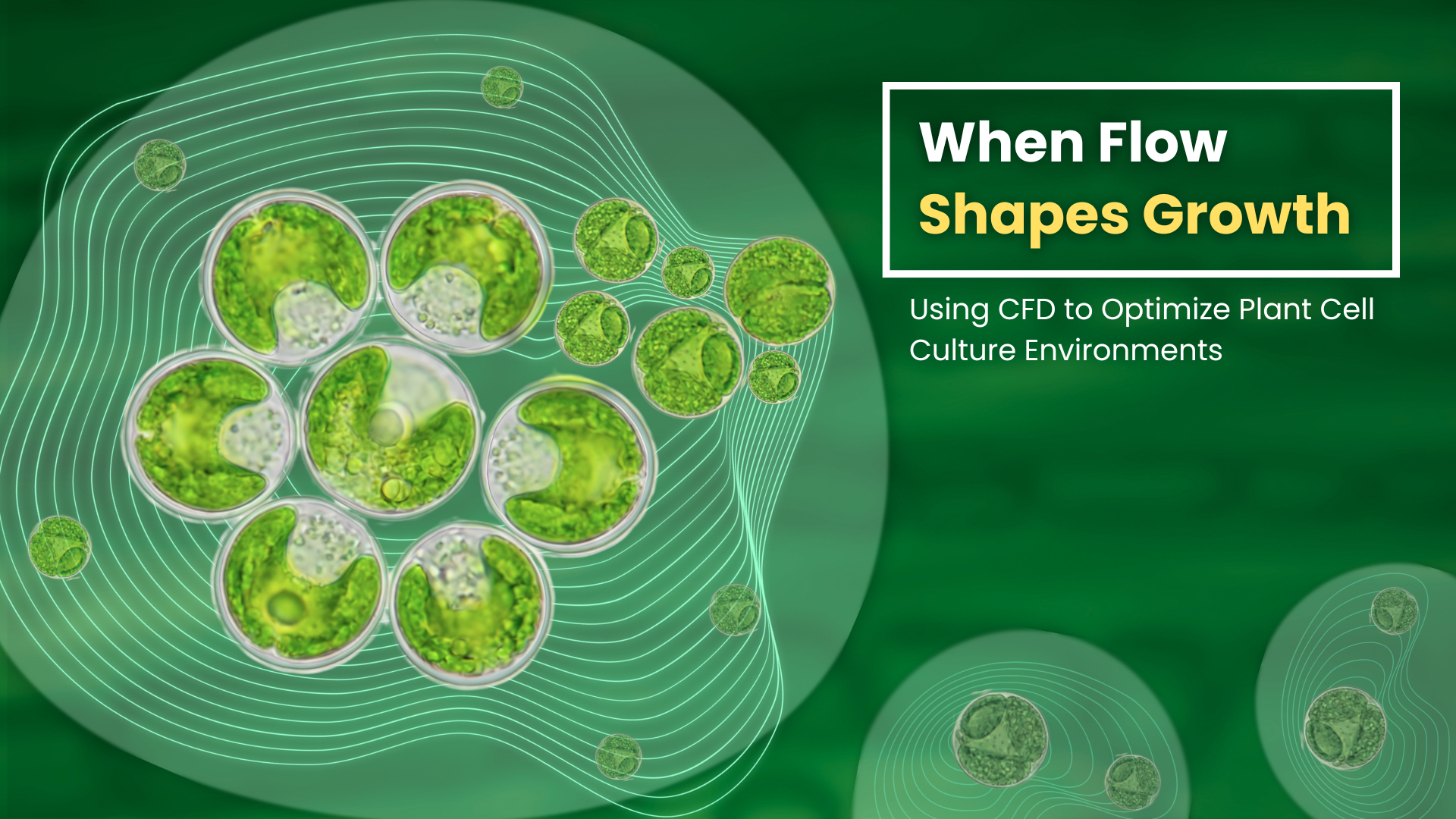
Hydrogen is a valuable fuel. However, due to its volatile nature, the storage of hydrogen is of vital importance. For this purpose, magnesium hydrides are widely considered. Magnesium hydrides are favourable for hydrogen storage because of their high gravimetric hydrogen storage capacity and excellent reversibility. But despite their promise, they are not very effective. The main reason for this is the sluggish hydrogen sorption kinetics and the high desorption temperature needed to use the hydrogen stored for practical applications. The authors of this paper, which include Dr. Sai Smruti Samantaray and Prof. Ramaprabhu S from the Department of Physics, IIT Madras, Dr. P. Anees from the Materials Physics Division, Indira Gandhi Centre for Atomic Research, Kalpakkam, and Dr. Vinayan Bhagavathi Parambath, from the Helmholtz Institute Ulm for Electrochemical Energy Storage, Helmholtzstr, found that addition of graphene as the support material was beneficial towards obtaining well dispersed magnesium hydride nanoparticles of small size which in turn lead to superior hydrogen storage properties of the nanocomposite .

Dr. Sai Smruti Samantaray 
Prof. Ramaprabhu S 
Dr. P. Anees 
Dr. Vinayan Bhagavathi Parambath
The carbon support can increase the effective surface area and prevent the formation of an oxide layer on the active materials in the nanocomposites.. It has also been found that 3d-transition metals greatly enhance hydrogen sorption kinetics of magnesium when alloyed together. For this purpose, nickel was used. Nickel acts as an efficient catalyst that facilitates hydrogen sorption kinetics and also mitigates the oxide formation tendency of magnesium. In general, magnesium-nickel alloys have shown enhanced sorption kinetics.
However, this alone does not ensure better uptake capacity. It is also important to have a uniform dispersion of the magnesium-nickel alloy nanoparticles with small particle size over the graphene support along with optimum. In order to achieve high dispersion of the magnesium-nickel alloy particles, the graphene support was doped with boron and nitrogen. This also helps to strongly adhere the alloy nanoparticles to the graphene support.
Thus this study shows that nanostructuring and dispersion on an appropriate high surface area carbon support can result in enhanced hydrogen storage properties of graphene supported magnesium-nickel nanocomposites. This study also solved the problem of weak interaction of hydrogen with graphene. The isoteric heats of adsorption obtained for boron and nitrogen doped magnesium-nickel alloy on graphene lie in the range specified as suitable for room temperature hydrogen storage materials. Maximum adsorption of hydrogen was found in the nitrogen doped nanocomposite. Thus a magnesium-nickel alloy-graphene based nanomaterial with enhanced hydrogen storage capacity was developed as a cost effective and promising room temperature hydrogen storage material.
Prof. Pratibha Sharma of the Department of Energy Science and Engineering, IIT Bombay, gave the following views on the work: “The biggest challenge with Mg based hydrides is their high desorption temperature. The work carried out by Prof. Ramaprabhu and team addresses this challenge and the nanocomposites developed i.e. MgNi/G, MgNi/BG, MgNi/NG have demonstrated, desorption at room temperature. At the same time, high hydrogen storage capacity is being obtained. The experimental work has been corroborated with DFT studies and the underlying mechanism has been very well explained. The work is extremely useful and beneficial towards the hydrogen storage materials research.”
Article by Akshay Anantharaman
Here is the original link to the scientific paper:
https://www.sciencedirect.com/science/article/abs/pii/S1359645421004201?via%3Dihub










